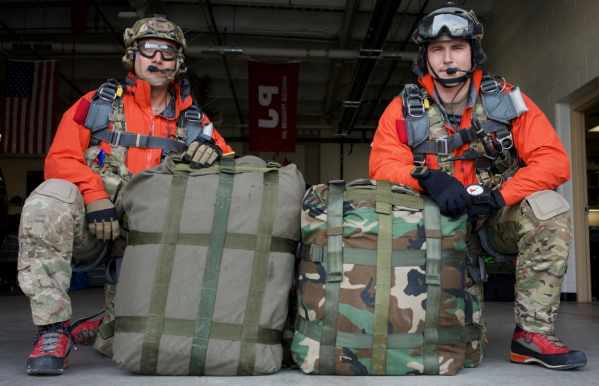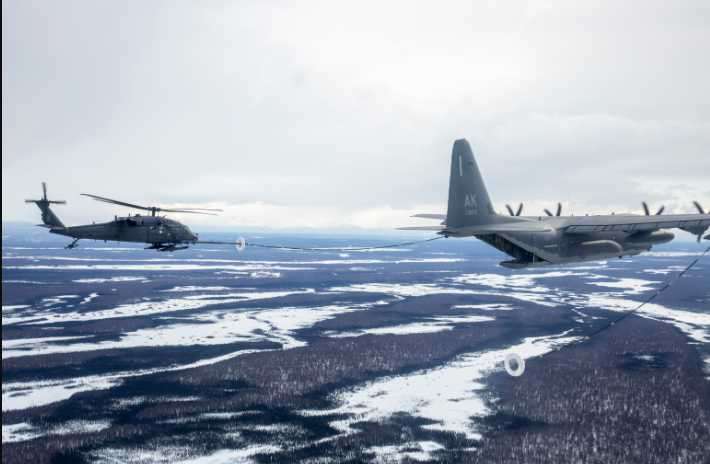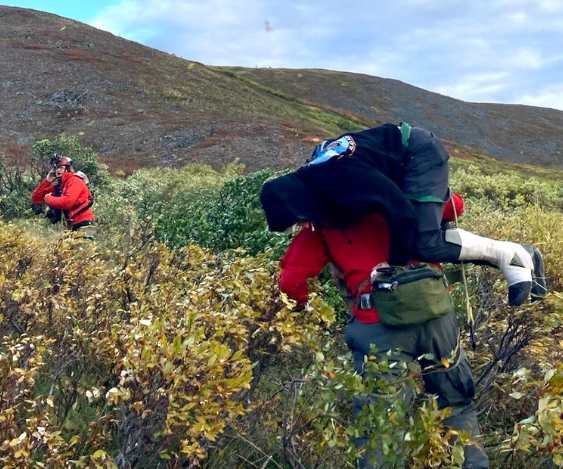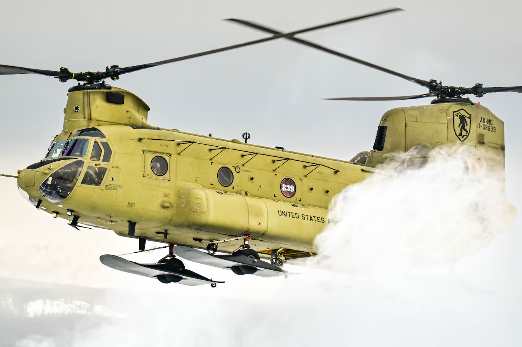
JOINT BASE ELMENDORF-RICHARDSON, Alaska — Alaska Air National Guardsmen of 210th, 211th, and 212th Rescue Squadrons medevac’d a critically ill patient April 4 at Little Diomede just two miles east of the Russian island of Big Diomede.
The Norton Sound Regional Hospital in Nome requested assistance from the Alaska Rescue Coordination Center at JBER. The AKRCC requested aviation support from the 176th Wing, and Alaska Air National Guard Maj. Sara Warren, 176th Wing search and rescue duty officer, began mission planning with other leaders in the 176th Operations Group and the AKRCC.
Alaska Air National Guard Tech. Sgt. Jacob Inman, Alaska Rescue Coordination senior rescue controller, said sea ice fog prevented civilian medevac aircraft from reaching the patient. He explained sea ice fog doesn’t “burn off” like land fog does, so it was unknown how long it would take to clear.
Because the village of Diomede doesn’t have an airfield capable of accommodating fixed-wing aircraft, 210th RQS launched an HH-60G Pave Hawk combat search and rescue helicopter, callsign “Jolly,” from JBER.
Little Diomede is a small island off the west coast of Alaska about 25 miles west of the town of Wales. The International Date Line and two miles of mostly frozen Bering Strait waters separate Little Diomede from the Russian island of Big Diomede.
With a straight-line distance of nearly 600 nautical miles and longer when flying through mountain passes, a 211th RQS HC-130J Combat King II CSAR aircraft, callsign “King,” also launched from JBER. King flew weather reconnaissance to guide Jolly around bad weather and through mountain passes. To provide the range necessary for the mission, the HC-130J air-to-air refueled the HH-60G numerous times.
Both aircraft carried Guardian Angel teams comprising combat rescue officers and pararescuemen of 212th RQS. Guardian Angels are highly trained paramedics skilled in air-to-ground rescue operations.
While Jolly was en route to Diomede, the AKRCC was in communication with medical providers and the Guardian Angels underway to ensure the best medical outcome for the patient.
“We were actively working with the JBER flight surgeons as well as coordinating with doctors in Nome to help the pararescuemen make a quick medical assessment of the patient,” Inman said.
Once on the ground in Diomede, Guardian Angels contacted medical personnel before loading the patient into the Pave Hawk. Jolly then transported the patient more than 130 miles southeast to Nome where the patient was transferred to the care of medical providers at the hospital.
Warren said due to deteriorating weather on the route back to JBER and the need for crew rest, the helicopter remained in Nome. She said the RCC coordinated to store the HH-60 in the Army National Guard hangar overnight, while the crew flew back to JBER on the HC-130. The next day, the 211th RQS launched another HC-130 with a fresh crew to fly the HH-60 back to JBER with refueling support.
For this rescue, the Alaska Rescue Coordination Center, the 210th RQS, 211th RQS and 212th RQS received credit for one save.
###[content id=”79272″]







